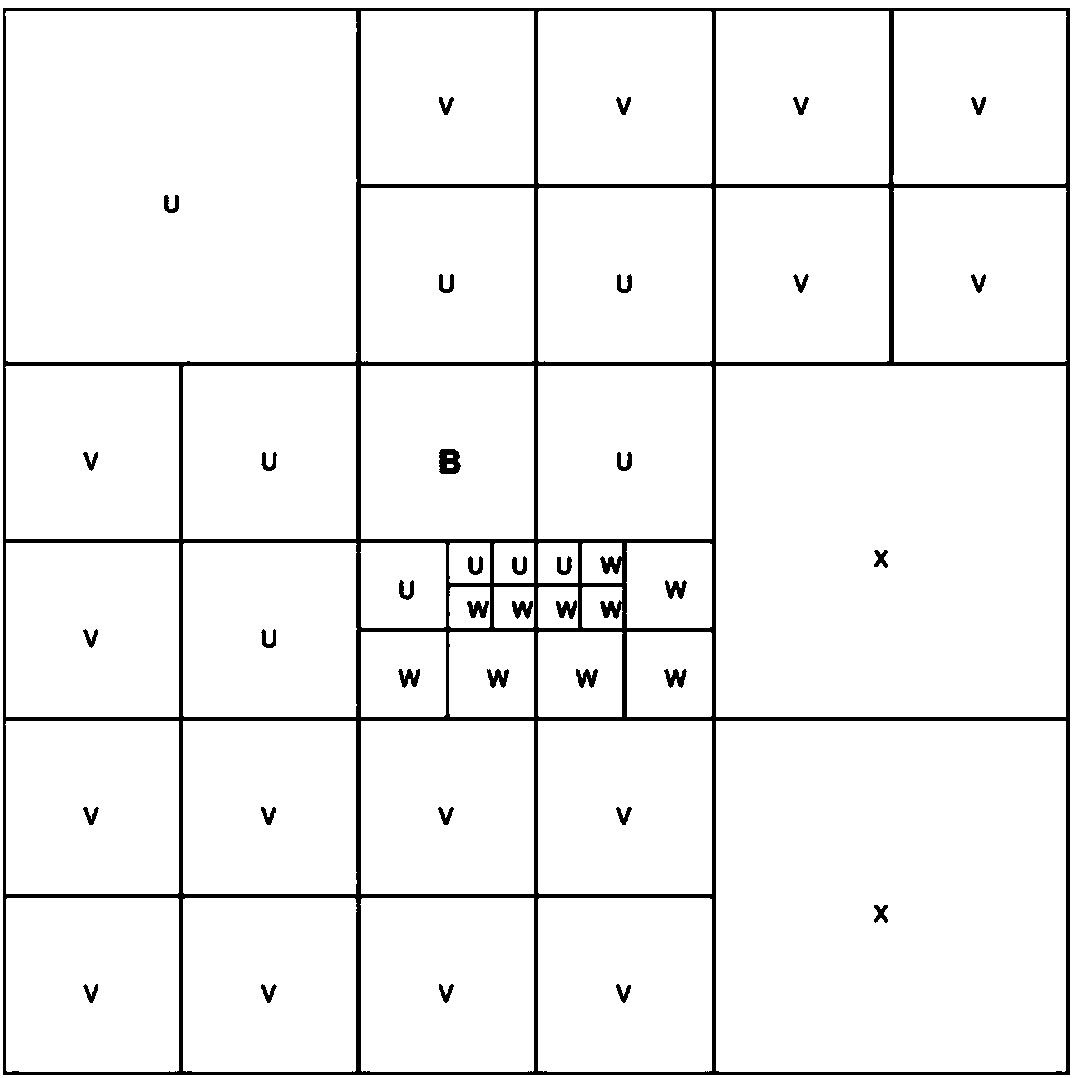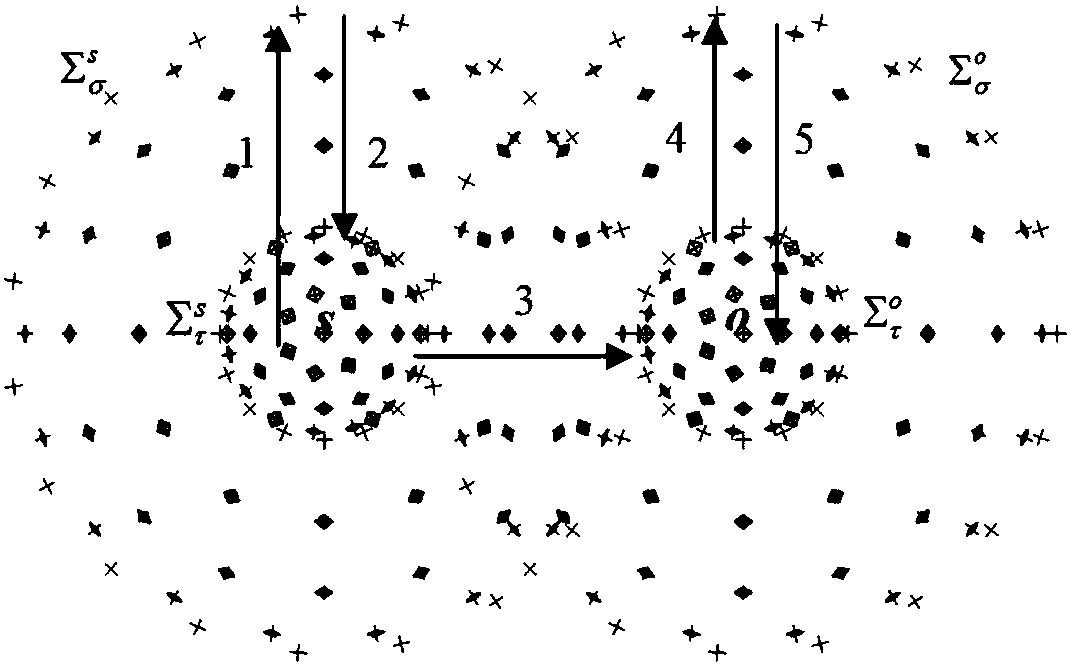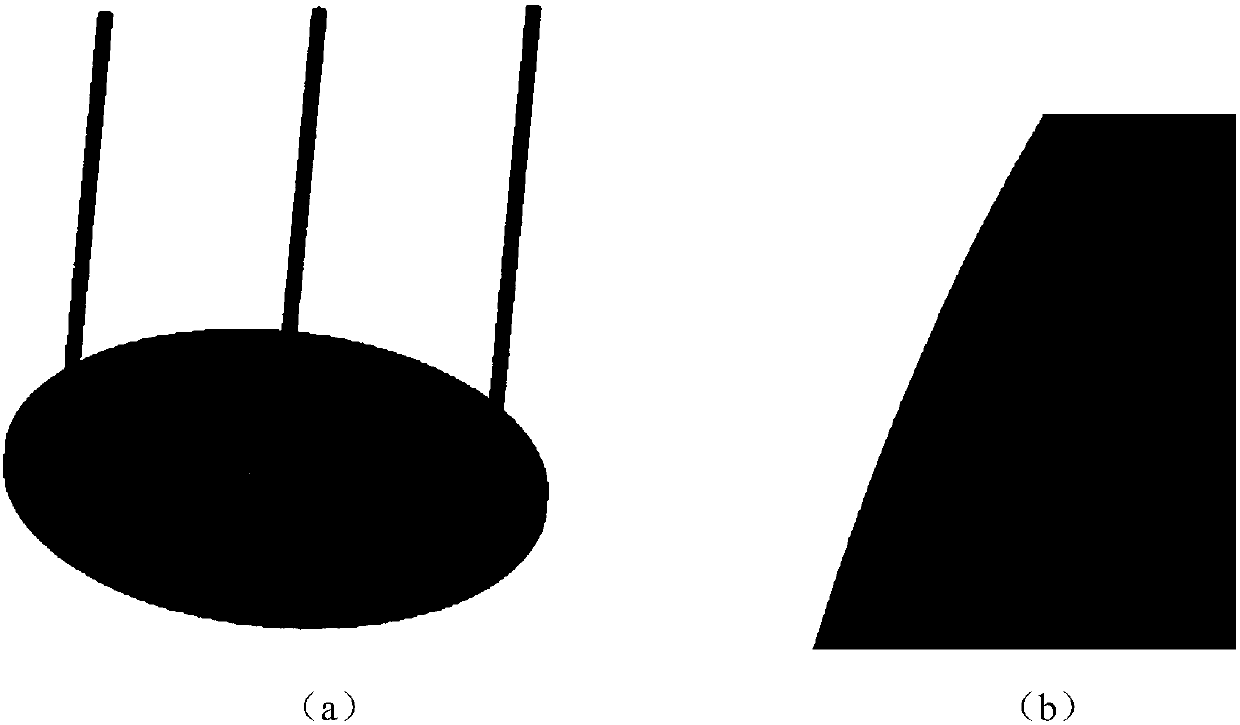Method for analyzing a non-uniformly divided target electromagnetic scattering characteristic
A technology of target electromagnetic scattering and analysis method, applied in the field of numerical calculation of target electromagnetic scattering characteristics, can solve the problems of low frequency numerical instability, slow convergence speed, low calculation accuracy, etc., achieve high flexibility and effectiveness, save time and memory Effect
- Summary
- Abstract
- Description
- Claims
- Application Information
AI Technical Summary
Problems solved by technology
Method used
Image
Examples
Embodiment 1
[0062] In order to verify the correctness and effectiveness of the method in this paper, a numerical example is given below to verify the validity of the theory and program. The program was compiled in Fortran language and executed on a Sugon high-performance computer with Windows 7 64-bit system, 2TB memory, 2.30GHz main frequency and 92-core CPU. The CPU model is Intel(R) Xeon E7-8850.
[0063] Such as image 3 The monopole antenna array shown, where (a) is the overall schematic diagram of the target, and (b) is the detailed schematic diagram, it can be seen that the subdivision grid is uneven; the diameter of the bottom cylinder is 1m, the height is 0.05m, and the top is three radii A cylindrical antenna with a height of 0.015m and a height of 0.7m. The incident wave frequency was 300MHz, the base was gridded according to 0.05λ, the grids of the three cylinder sizes varied from 0.01λ to 0.0025λ, and the unknowns changed from 51852 to 334413. As shown in Table 1:
[0064]...
PUM
 Login to View More
Login to View More Abstract
Description
Claims
Application Information
 Login to View More
Login to View More - R&D
- Intellectual Property
- Life Sciences
- Materials
- Tech Scout
- Unparalleled Data Quality
- Higher Quality Content
- 60% Fewer Hallucinations
Browse by: Latest US Patents, China's latest patents, Technical Efficacy Thesaurus, Application Domain, Technology Topic, Popular Technical Reports.
© 2025 PatSnap. All rights reserved.Legal|Privacy policy|Modern Slavery Act Transparency Statement|Sitemap|About US| Contact US: help@patsnap.com



